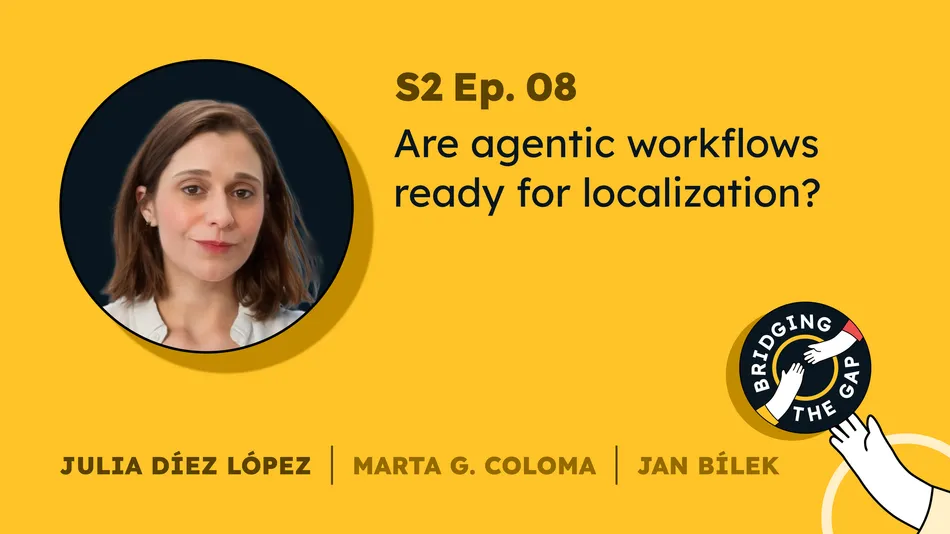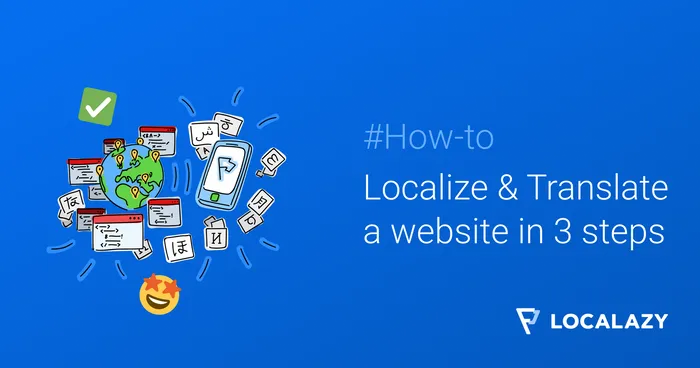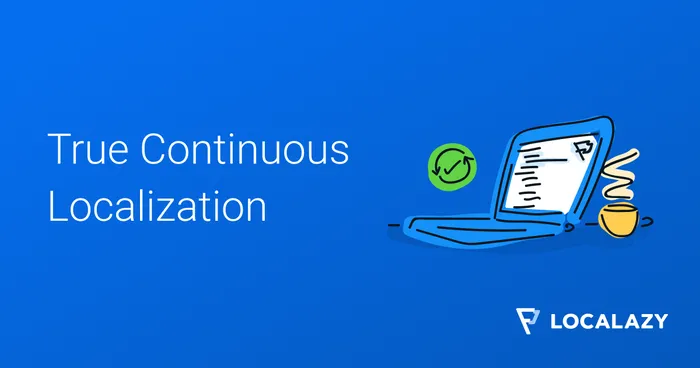Too many companies are eager to bring AI into their localization processes thinking it will solve everything. But according to Julia Díez, software engineer and localization specialist at McAfee, reality is a bit more nuanced. In this episode of Bridging the Gap, Julia joins Marta G. Coloma and Jan Bílek to explain why the real blockers are messy data, old processes set in stone, and teams that aren’t speaking the same language.
With over 20 years of experience (including work at Apple and McAfee) and an ongoing AI research project supported by Brown University, Julia shares what she’s learned about building systems that work, and why clean source content matters more than most teams realize.
📝 The highlights 🔗
AI workflows are ready. Teams aren’t 🔗
The technology is there. What’s missing is the structure. Julia points out that many teams still rely on too many tools, unclear handoffs, and outdated processes that weren’t designed for AI to begin with. Before adding AI, teams need to:
- 🫧 Simplify their workflows
- 📊 Clean up their data
- 🤝 Break down silos between developers, PMs, and linguists
Bad source = bigger problems 🔗
Julia makes it clear: most bugs in localization start with the source. A single typo or unclear string can cost hundreds of euros once it ripples across 30+ locales. Her advice? Prevent problems before they happen through better source reviews, context sharing, and more direct communication with linguists.
Small teams are enough 🔗
More people doesn’t mean better results. Julia explains that small, committed teams with fewer communication lines often outperform large ones, especially if they’re embedded in product and dev teams. And when linguists can work directly with stakeholders, blockers get solved faster.
Redefining the linguist’s role 🔗
In a world where MT handles most of the draft work, Julia sees linguists evolving into “language owners.” That means:
- Finalising and validating content
- Owning glossary and TM quality
- Shaping messaging for their market
- Collaborating with marketing and QA
The future isn’t about replacing linguists — it’s about making their work more creative and strategic.
🌟 Star quote 🔗
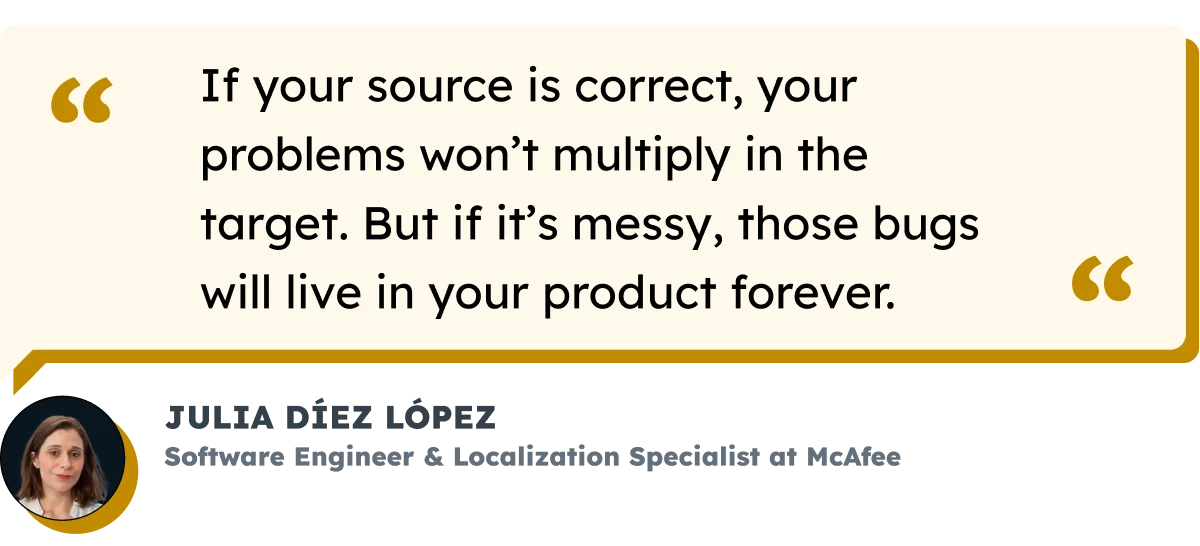
🎙️ Watch & listen 🔗
YouTube 🔗
Spotify 🔗
🗞️ Additional resources 🔗
- "Build Local, Ship Global" Substack newsletter by Julia Díez
- From Static Strings to Smart Systems
- The Real Product Work by Jan Bílek
📹 Related episodes 🔗
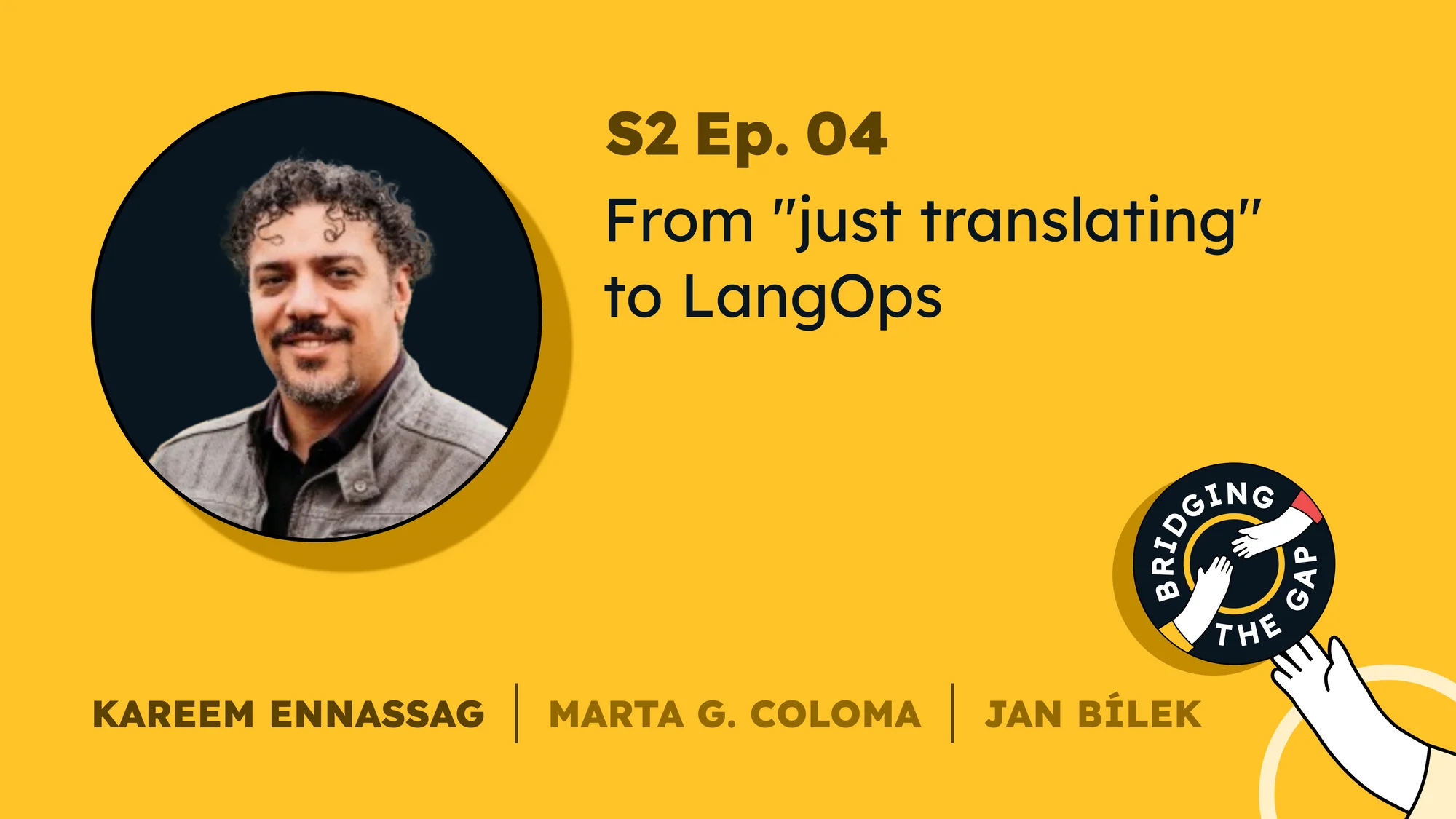
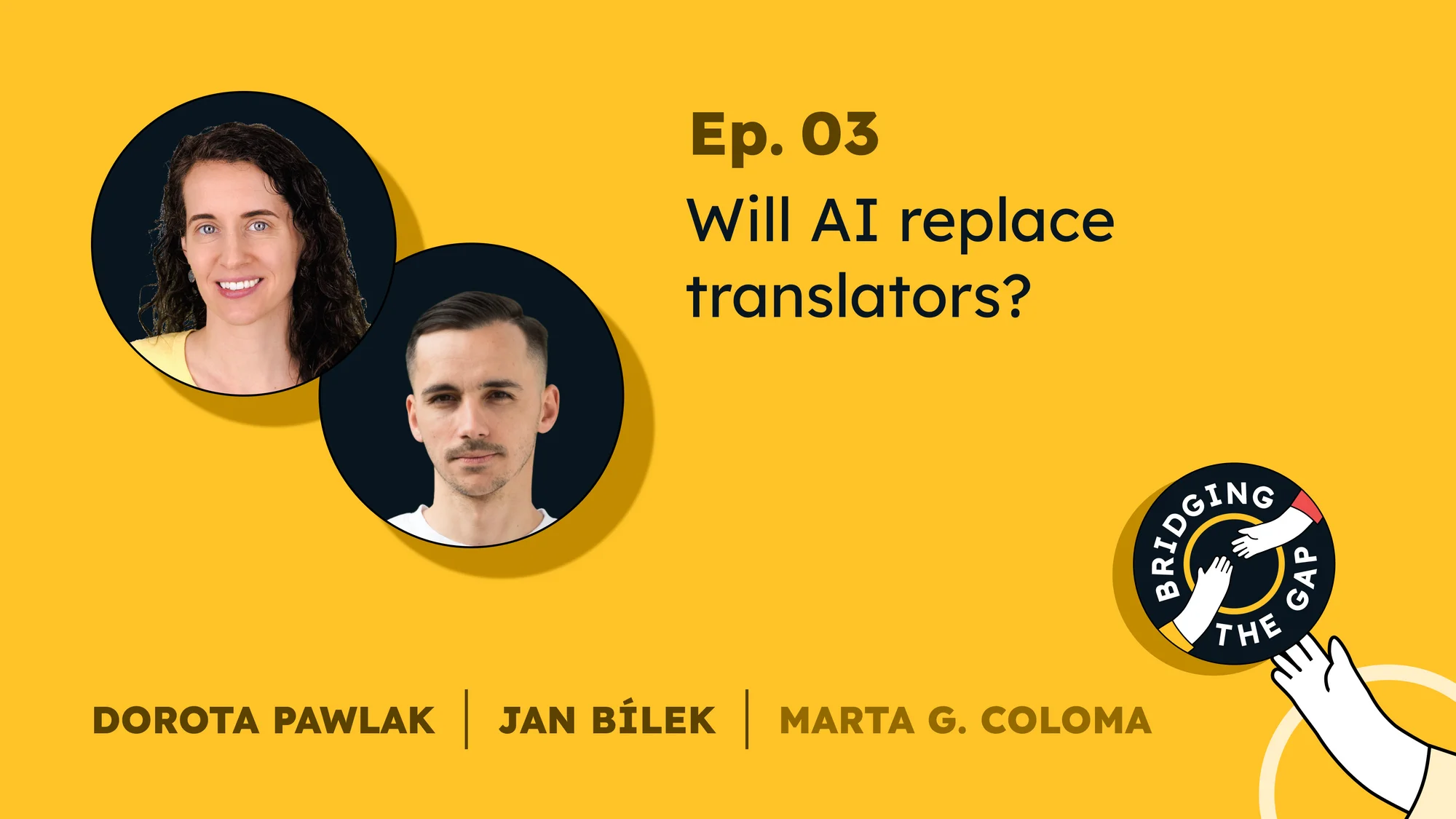
👉 Catch the next episodes by following Bridging the Gap on LinkedIn
💬 Connect with the guest & hosts 🔗
📚 More on the blog 🔗
Curious how AI agents actually perform in real localization workflows, not just in theory? This deep dive into Genspark puts one of today’s leading agentic tools to the test. From localizing visuals and tweaking UI layouts to creating subtitles and adapting scripts, we explore what works, what doesn’t, and where human oversight still matters. Get a grounded view of what’s possible (and where to stay cautious). 👇
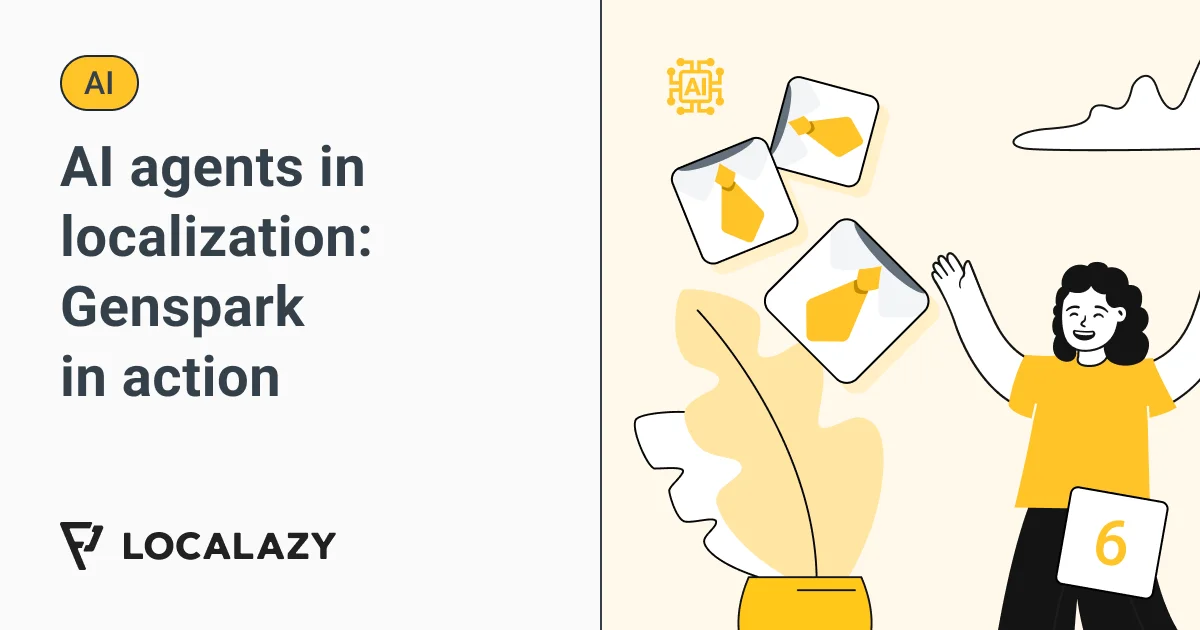
🚀 About Localazy 🔗
Localazy is a localization platform that helps teams manage translations, automate workflows, and scale global content efficiently. With our OpenAI integration (via your own token), you can start localizing your content and explore how to make it shine via agentic workflows. It’s a practical way to test AI in your process without losing human control.
More agentic features are on the way so you can scale as you go. Learn more here.
